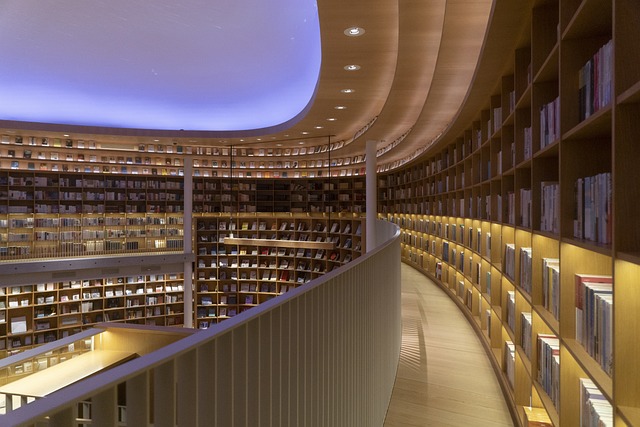Mastering the Art: Exploring the Evolution of Illustration in Applied Arts
Illustration, as a form of applied art, bridges the gap between creativity and practicality, turning visual storytelling into a powerful tool for communication and design. It’s an art form that has continually evolved, reflecting cultural shifts, technological advancements, and changes in artistic expression. For those passionate about applied arts, illustration is not just about drawing; it’s about mastering the ability to convey ideas, emotions, and narratives through imagery that serves a specific purpose.
The Roots of Illustration in Applied Arts
Historically, illustration began as a means to enhance texts, from illuminated manuscripts to printed books. Early artists harnessed their craft to complement literature, making stories more vivid and accessible. Within applied arts, this integration highlighted illustration’s role beyond pure aesthetics—it became a functional and essential element that added value to everyday objects and printed materials.
Transformations Triggered by Technology
With the advent of printing presses, photography, and digital tools, the landscape of illustration transformed dramatically. Artists gained new mediums to explore and new methods to master. In applied arts, this meant illustrations could be reproduced widely, integrated into products, advertisements, packaging, and more, amplifying their practical impact. The digital revolution opened doors for illustrators to experiment with styles and techniques that were once impossible, blending traditional skills with innovative software to create dynamic visuals.
Illustration as a Storytelling Medium
The emotional resonance of illustration lies in its ability to connect with viewers on a personal level. In applied arts, it’s not only about aesthetics but evoking feelings and inspiring action. Whether it’s an editorial illustration, branding design, or user interface element, the goal is to communicate clearly and effectively while sparking imagination. This duality—function blended with artistic flair—is what keeps illustration relevant and vibrant in the applied arts world.
Learning and Growing as an Illustrator
For creative professionals immersed in applied arts, mastering illustration is a journey of continuous learning. It requires understanding the principles of design, anatomy, color theory, and importantly, the context in which the illustration will live. The best illustrators are those who adapt, who understand the evolving needs of their audience and the industries they serve. Through experimentation and study, they elevate their craft, creating works that are both beautiful and purposeful.
The Future of Illustration in Applied Arts
As we look ahead, illustration’s role in applied arts is poised to expand with technologies such as augmented reality, virtual reality, and AI-driven design tools. These innovations promise new formats and interactive possibilities that will enrich visual communication. For artists and designers, embracing these changes means harnessing the timeless essence of illustration while pushing boundaries—continuing to tell compelling stories in ever more immersive and inventive ways.




